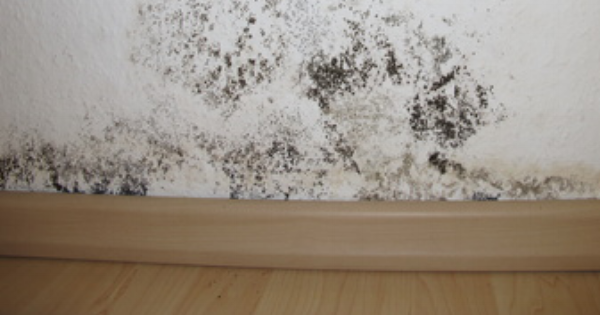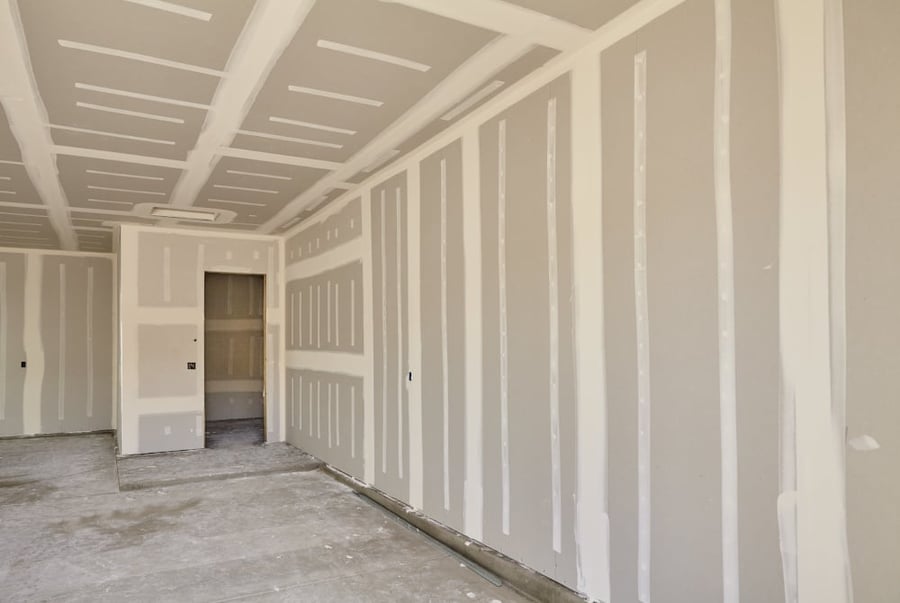What You Need to Know about the Moisture Meter Reference Scale

When you use a purpose-built moisture meter for wood, soil, hay, drywall, or any other specific material, that meter returns readings on a scale calibrated for that one type of material. Using a moisture testing tool that is calibrated to provide readings for a specific material (such as wood, hay, or drywall) allows you to get accurate, quantitative moisture content (%MC) readings of the material for which the meter is calibrated.
However, what about the materials that lack a moisture testing scale? For these other materials, there is a moisture meter reference scale.
What is the moisture meter reference scale? How does it work? And, how can you use it?
What is a Moisture Meter Reference Scale?
The term “reference scale” is used for a moisture meter reading mode wherein the meter takes qualitative moisture readings as opposed to quantitative ones. These qualitative moisture readings are shown as a numerical value which the user can then use to estimate whether that material is “wet” or “dry.”
It is important to note that the numbers used in a reference scale are not indicative of a specific percentage of moisture content. Instead, measurements in the reference scale are used as a relative indication of how much moisture a material has in it.
For example, say you have two different moisture meters. One meter might have a reference mode setting that displays moisture values from 0-300, while the other one goes from 0-100. While it might be tempting to think of readings on the 0-100 reference scale meter as percent values, they are not. A reading of 12 on a 0-100 scale does not mean that the material has 12% MC; it just indicates that the moisture content is relatively low.
The primary use of the reference scale setting on a moisture meter is to give it utility beyond reading moisture in one kind of material. Using a reference moisture meter reading mode, you can get a general idea of the moisture content of many different materials that don’t have a specific reading scale.
Interpreting Moisture Meter Reference Scale Readings
One of the best ways to use a reference scale meter is to take a reading from an unaffected, dry sample of material. Once you have a reading from the “dry” sample, you can use that data as the baseline for the reference scale readings you get for that material for the rest of the job.
For example, if your dry material (carpet, for example) reads 33 on a 0-100 scale, and another sample of the same type of material reads 56, then that second piece of material is at least slightly damp.
This process of sampling a dry material to compare the dry reading to other readings of the same material should be done for each material being tested, each time you are at a new jobsite. Also, if you are testing for moisture in both interior and exterior environments, take reference readings for materials in both areas. The reason for this is that different materials might reach their equilibrium moisture content at different levels depending on the humidity of the environment. The humidity may change slightly from one jobsite to the next, and more so from interior to exterior environments.
Additionally, for restoration work, you may want to perform the reference reading daily, as the ambient humidity of a structure will change as dry out efforts progress.
Another way to use the reference scale is as a quick “wet or dry” indicator for materials. On some analog reference mode moisture meters, the display has a color-coded indicator. For example, on the TechScan pinless meter, the colored sections are:
-
Green. This color indicates relatively low moisture.
-
Yellow. This color indicates some moisture — enough that material may be at risk and needs to be tested with a dedicated meter or some other accurate method.
-
Red. This color indicates very high moisture content — the item is waterlogged.
Although these are qualitative moisture readings rather than quantitative ones, when a meter response is extremely high, that is a good indication the material is moisture-compromised.
Examples of Reference Scale Meters
Many of Delmhorst's moisture meters have an alternate reference mode that you can use to measure moisture. Some examples of great moisture meters that feature a reference mode include:
-
BD-2100. Delmhorst's top-selling model features three moisture meter scales, including the wood scale, drywall scale, and reference scale for maximum flexibility.
-
BD-10. This is a popular analog moisture meter model for beginners and experts alike. The BD-10 is a pin-type meter has both wood scale and reference scale settings.
-
ProScan. Delmhorst's top-of-the-line pinless moisture meter uses the reference scale to back up its wood scale mode and increase the device’s utility.
Overall, while the reference scale is not a precise scale for measuring moisture in any specific material, its versatility in being able to allow you to get a qualitative moisture reading in many different materials makes it highly useful for professionals who work with a variety of materials on the job, such as restoration experts or building inspectors.
Learn more about moisture meters and how they work by contacting Delmhorst or by getting a free copy of our “Moisture Meter Accuracy” guide at the link below.
Subscribe to Our Blog
Post Related

Testing Gypcrete Construction Flooring with Drywall Moisture Meters


